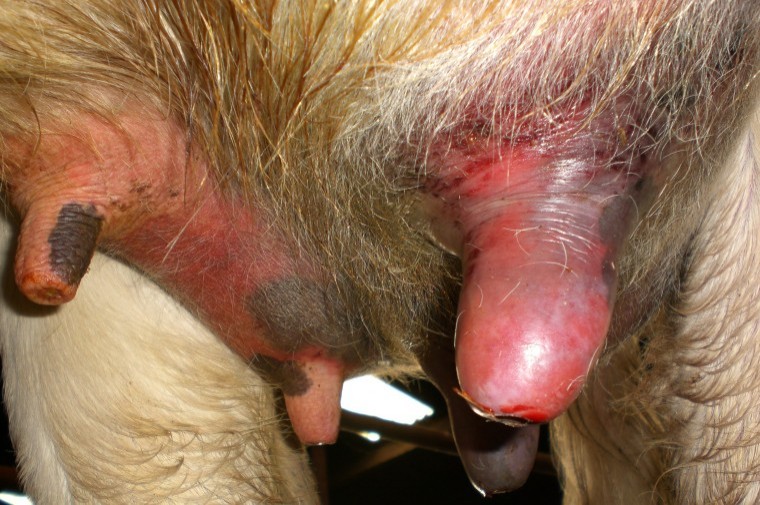In this article, I will try to answer a few of the common ones.
“Can I have a stronger tube?”
Nope, because there’s no such thing! Most lactating cow tubes are broad spectrum and will tackle the common mastitis bugs. Some mastitis cases may simply require a longer course of treatment; other times the cow is chronically infected and her best chance of cure will be over the dry period. A true non-responsive case should be sampled and tested if it hasn’t already been done. Sometimes the best course of action is to cull the offending animal.
“My bulk tank failed because of the dry cow tube even though I kept the milk out for long enough.”
If milk withdrawal times have truly been adhered to then this is highly unlikely. Withdrawal times are based on individual cow antibiotic levels and there is the dilution factor of a bulk tank containing the milk of multiple cows. A failure is more likely due to an incorrect cow being milked, poor treatment records, incorrect medicine usage, jar contamination, incomplete parlour washing, individual quarter drying off etc.
“I use injectable antibiotics with my milking cow tubes to treat mastitis.”
There is no evidence to show that using injectable antibiotics, either on their own or in combination with lactating cow tubes, increases the cure rate of mild and moderate mastitis. In severe mastitis (i.e. cow down and ill; usually caused by coliform bacteria), the evidence for antibiotic use is equivocal. The use of fluids (oral and intravenous) and anti-inflammatory drugs has been shown to aid recovery and these are the most important treatments to administer.
“I don’t do any pre-milking preparation as it takes too long.”
Time spent on teat preparation is never wasted. Best practice for a preparation regime is to strip the quarter, dip the teat, dry it and then apply the cluster. A regime of around 1 minute from initial stimulus (entering the parlour & first touching of the udder) to applying the units allows for a more complete milk out, resulting in an increased yield worth about 5% over a lactation. Cleaner teats also mean cleaner milk with a lower bactoscan and reduced clinical mastitis from environmental bacteria. Lastly it aids in early mastitis detection; delaying treatment by one milking can decrease the chance of cure by 30%.
“I override the ACRs (Automatic Cluster Removers) to make sure my cows are completely milked out.”
This means teats are subjected to prolonged and excess vacuum resulting in discomfort and damage. In the long term this can cause hyperkeratosis of the teat ends which, if severe, allows colonisation by bacteria and results in an increased risk of clinical mastitis. Setting the ACRs sympathetically and using them correctly results in increased milking efficiency with quicker milking times and improved udder health but with no significant drop in milk yield per cow.




